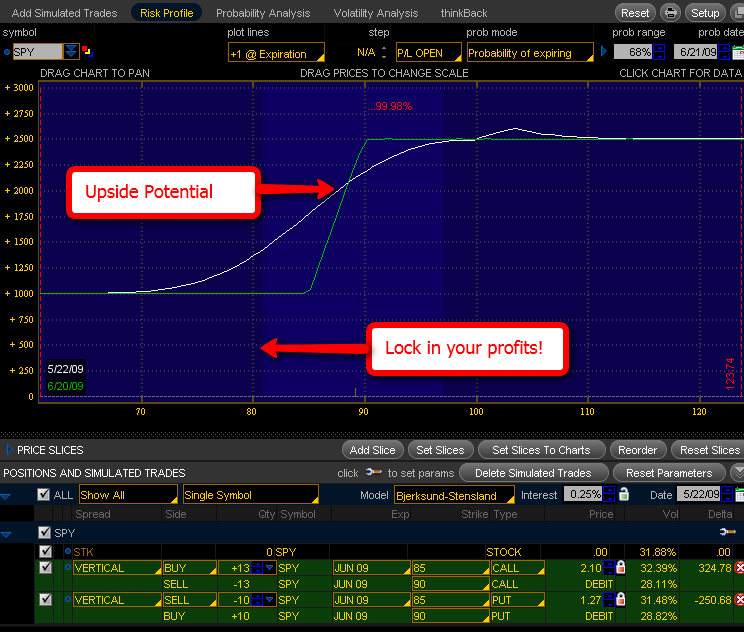Pyramiding Locking in Profits or Enjoying the Ride
Post on: 17 Июль, 2015 No Comment

If youve never done much trading, the problem of how to deal with trades that move nicely in the right direction won’t seem like a problem – but it is.
When a trade moves in the right direction you need to make as much money out of it as you can; remember that quote from George Soros I mentioned once:
It doesnt matter how often you are right or wrong it only matters how much you make when you are right versus how much you lose when you are wrong.
Lets say youve bought shares in Livermore Financial Services Inc. and the price has been rising in a satisfactory way – theres a solid uptrend and its showing no signs of weakening. There are three ways of managing your trade:
Lock in Profits – sell some shares now so if the price falls suddenly, you’ll have locked in a good profit on the ones you’ve sold.
Pyramid – buy more shares hoping to further increase your profit.
Enjoy the Ride – neither increase nor decrease your position.
Which is best?
Academia Says:
I’ll begin by recalling the old joke that if you need three different opinions, put your question to two economists. Much the same can be said of theoreticians in finance. Joking aside, however, most finance theoreticians accept that price trends do develop and that stock prices are not always moving in a random walk.
If we assume that trending is real, then it would be illogical to sell during an uptrend. You would be selling at a time when prices are likely to continue rising. The correct time to sell is after the uptrend has broken.
So, on this basis, I will rule out the sell some shares to lock in profits option. The best way of locking in profits is to move your stop-loss higher as your trade moves in the right direction.
Jesse Livermore Says:
If you were a gung-ho speculator like Jesse Livermore, you would pyramid. Strictly speaking and as practiced by Livermore pyramiding is a form of margin trading where you borrow against paper profits in a trade to increase your position in the same trade. (Later Ill use the word pyramiding more loosely to include the practice of increasing your position in a trade using your own, unborrowed, money.)
Provided the trade continues to move in your desired direction, you will certainly increase your profits by pyramiding. In the unlikely event that, like Jesse Livermore, you were allowed to pyramid stocks using very high margin, and the trend suffered a sharp break, you would be in great danger of losing all of your profits, and more.
Managing Pyramiding Risk
Loss-minimization is crucial in trading. Your trading account can only survive long-term if, without fail, you get out of trades when their stop-loss is hit. Panic sell-offs are the traders nightmare because, under these conditions, you might not be able to sell your shares at your stop-loss price you could get much less. Continually adding to a position in a single stock means that your losses during a panic sell-off could be catastrophic.
Trading trending stocks in several different sectors is helpful because if any one stock suffers a severe reversal and a stop-loss is missed, you wont suffer a catastrophic loss.
There are more sophisticated ways of reducing trading risks and I’ll write about these another day – I don’t want to put too much into one post.
Conclusion
Pyramiding can be a useful way of increasing trading profits, but continually adding to your position in a single stock increases your risk of catastrophic loss.














